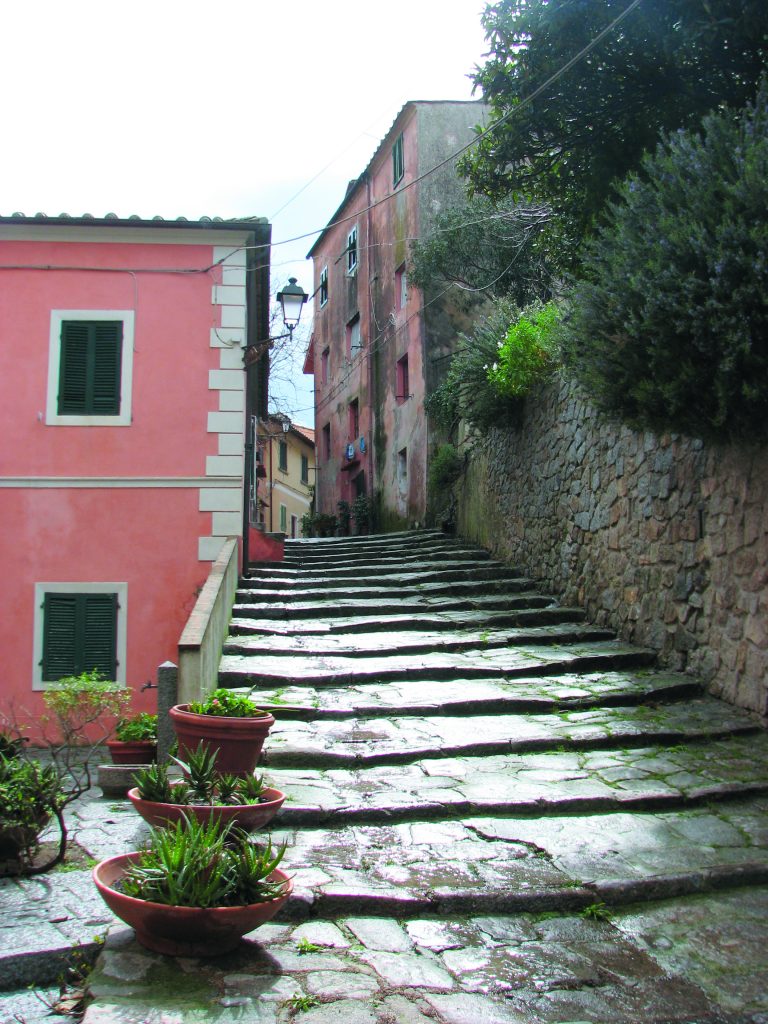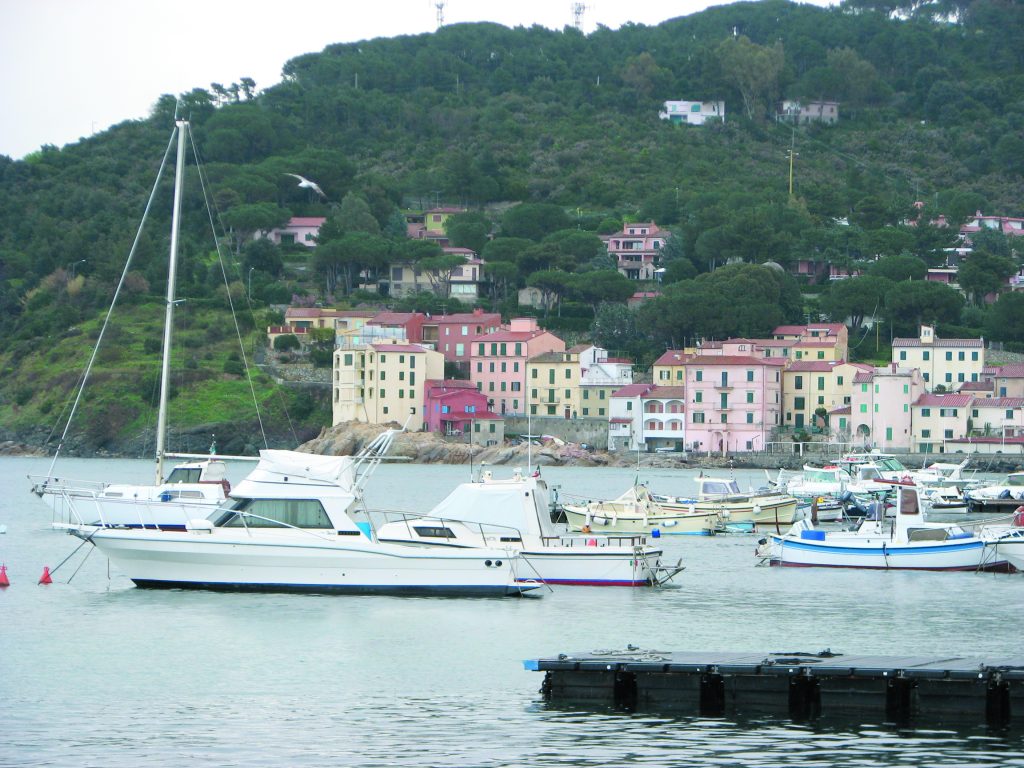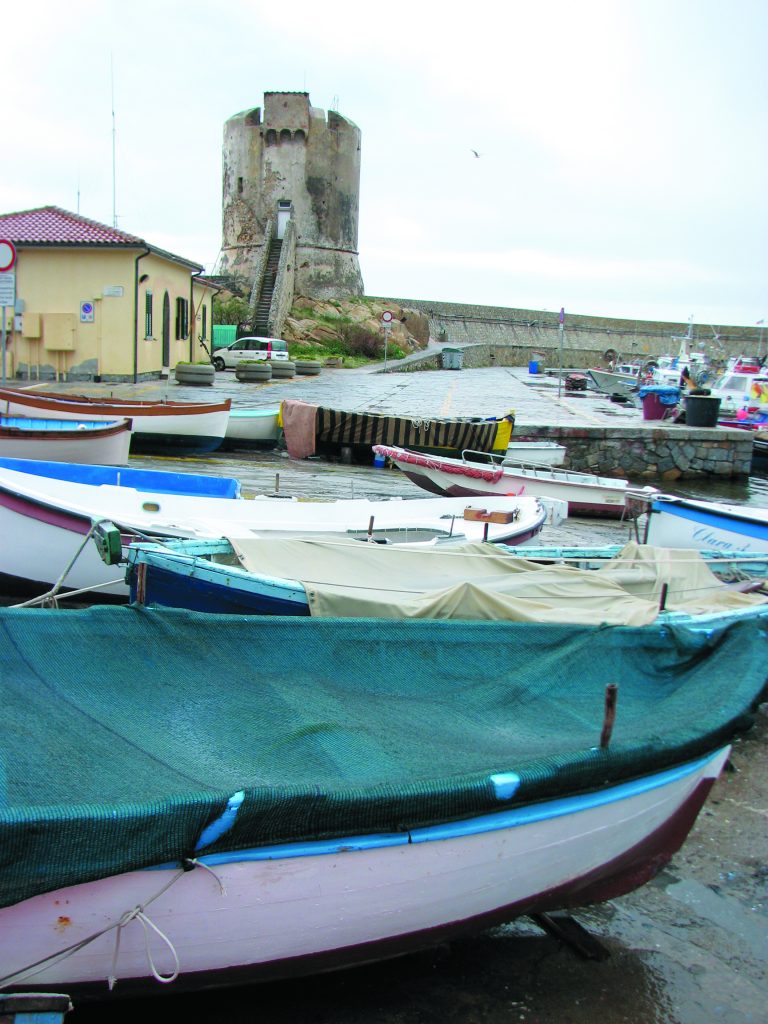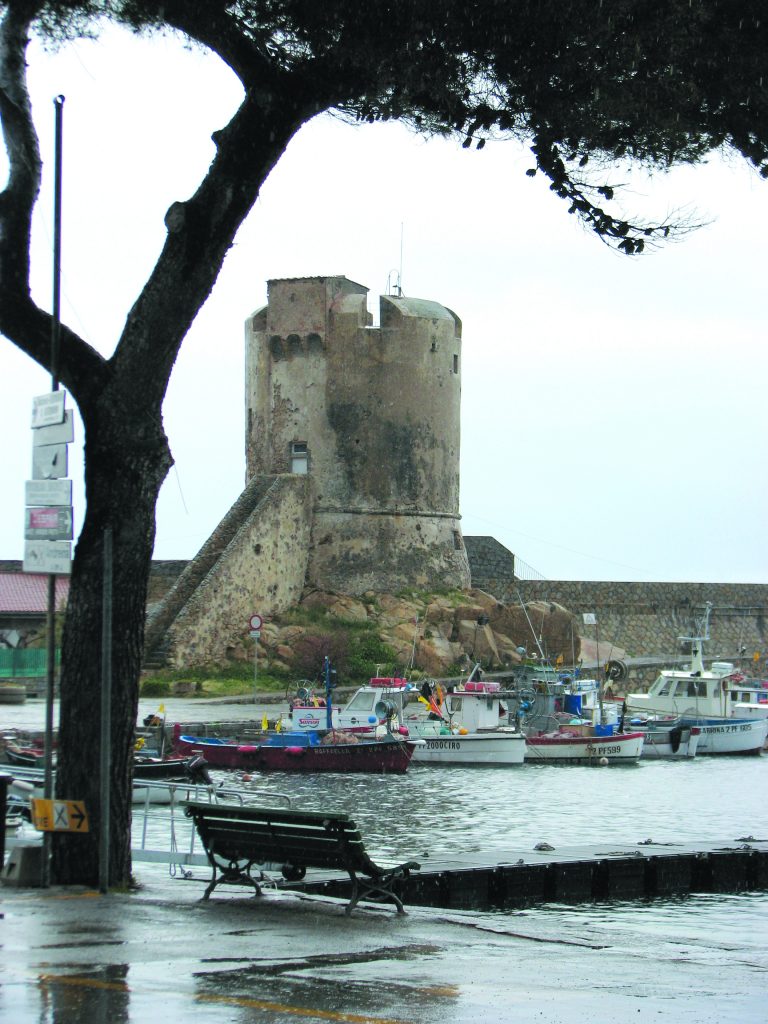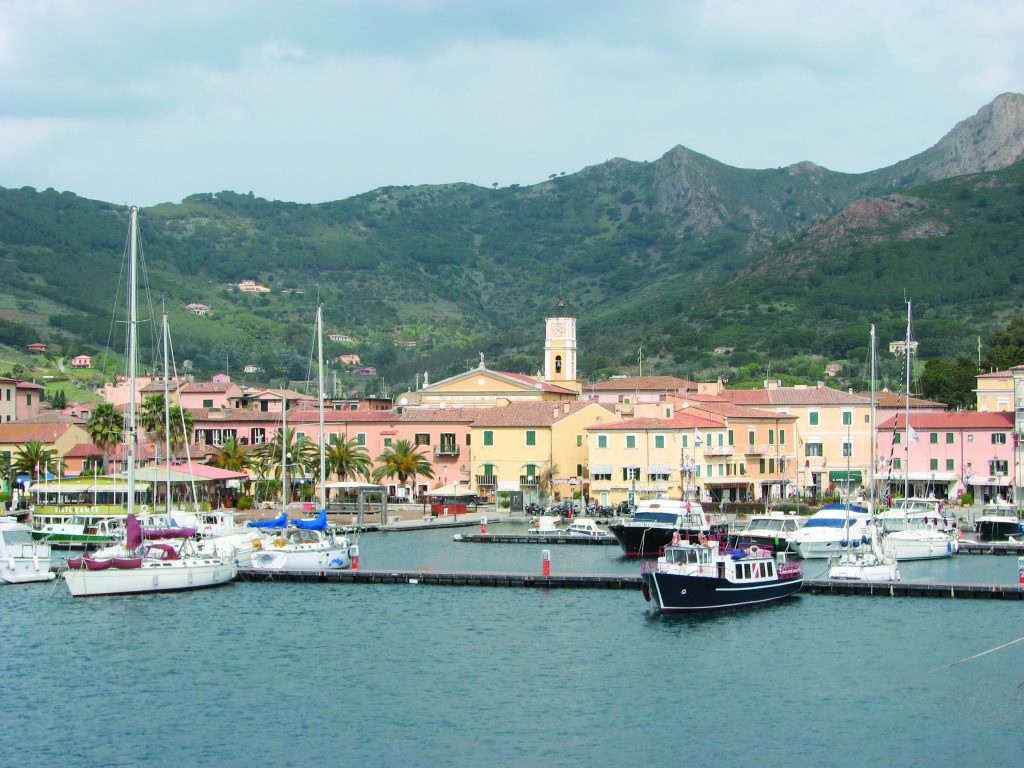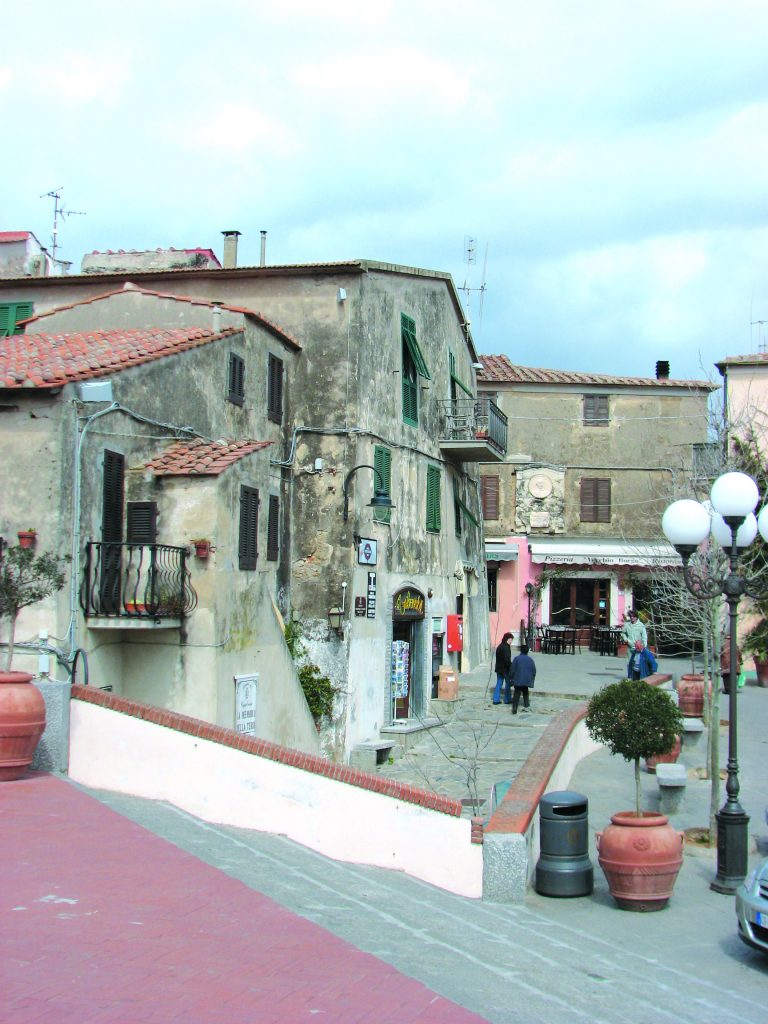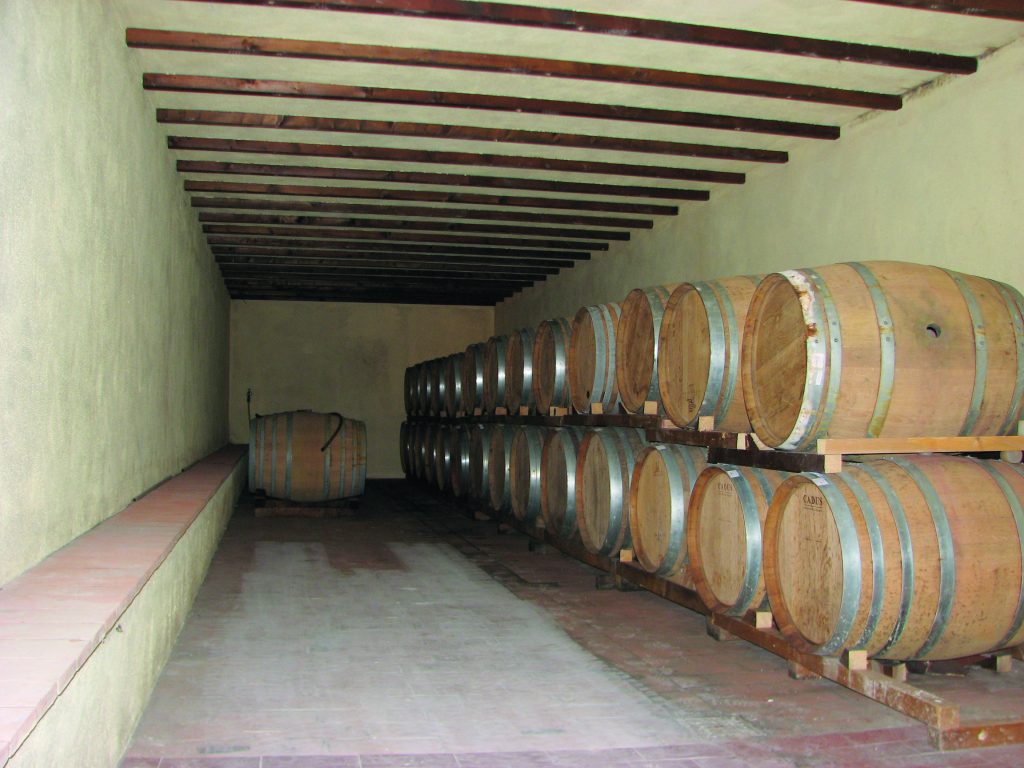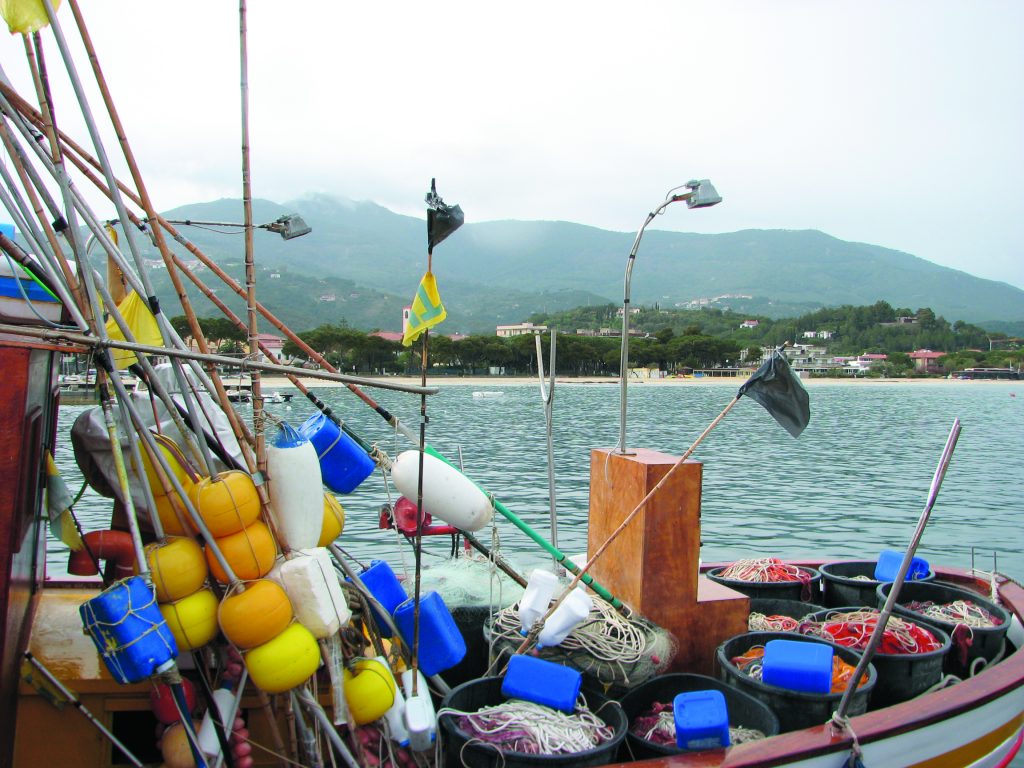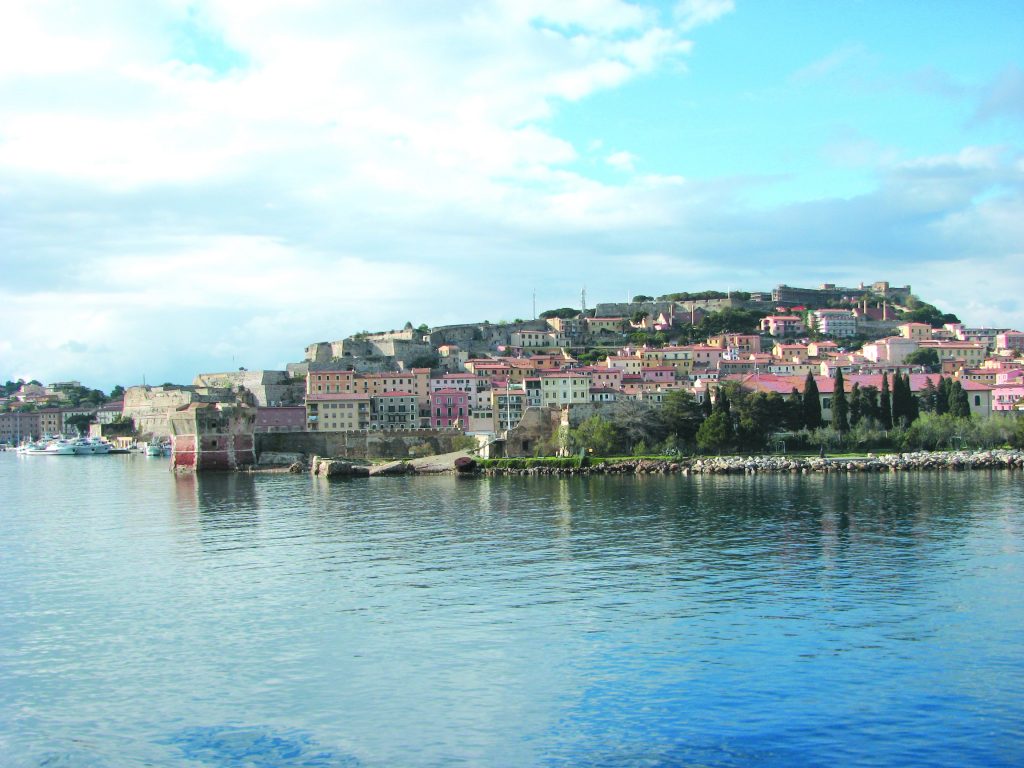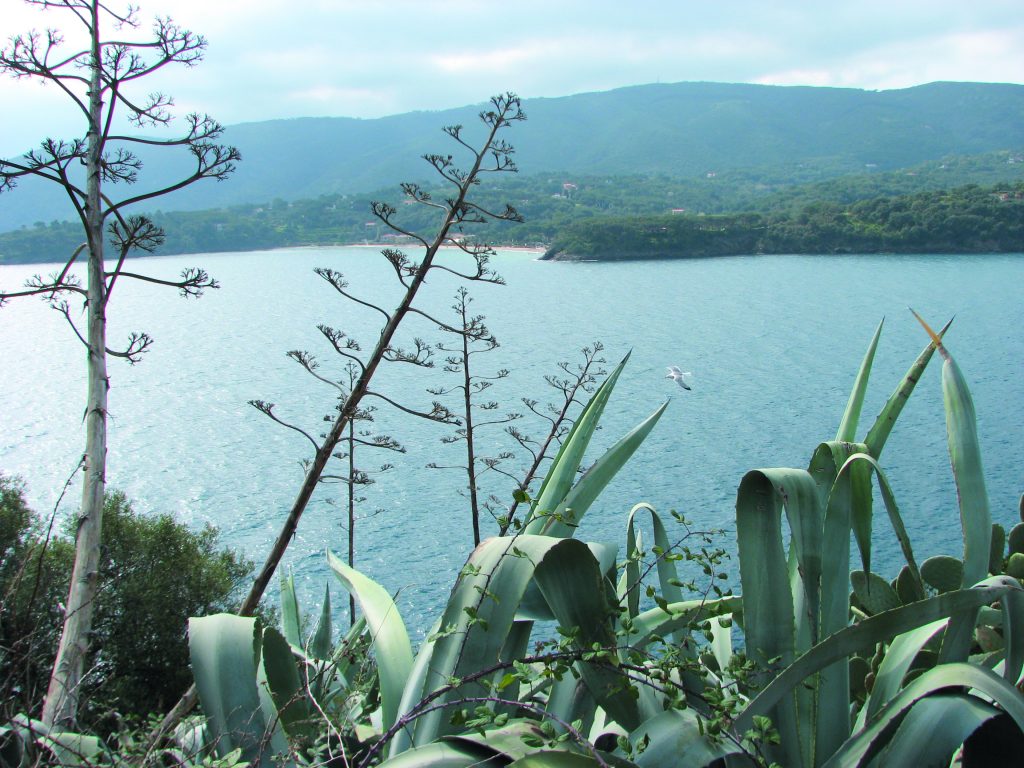With thousands of tourists paying for the privilege of a stay on this beautiful island, Sarah Lane ponders why the exiled Napoleon gave Elba the elbow
Elba, Italy’s third largest island, is probably best known by English speakers for the palindrome credited to Napoleon: Able was I, ere I saw Elba. But there is much more to this beautiful isle than having played host to a French emperor for ten months, including plenty of links to other historical and mythological figures.
Jason is reputed to have landed at Portoferraio’s Le Ghiaie beach with his legendary argonauts and the island is also mentioned in Virgil’s Aeneid and by Aristotle, who wrote of the magical spectacle of sparks flying into the sky night and day.
The Elbans worked iron ore and other minerals as far back as Etruscan times, and the island was known as Aethalia (after the furnace flames) by the ancient Greeks. On a more leisurely note, Roman statesman Pliny the Elder spoke of the quality of the local wines and one of several ancient shipwrecks around the island is a Roman vessel laden with carafes, lying near Capo Sant’Andrea on the northwest coast.
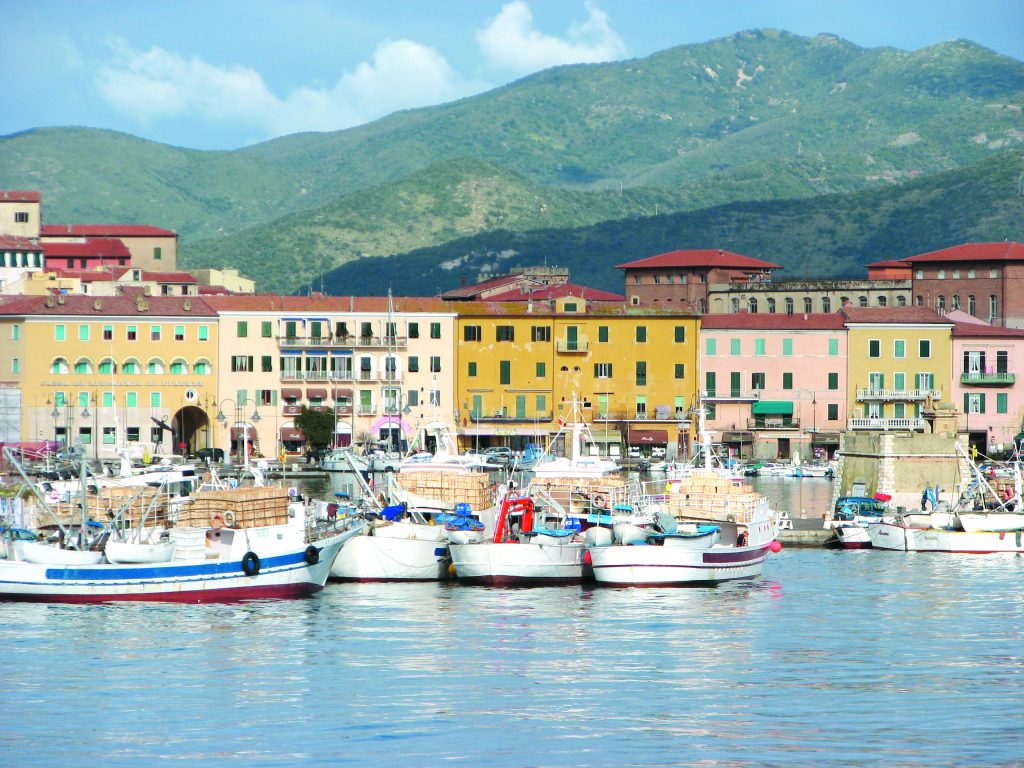
Nowadays, neither the island’s wines nor its minerals have lost any of their value. Although the last iron mine was shut down in 1981, after a prolific 3,000-year history of extraction, the vast array of minerals that make up Elba’s geology are still much sought after by collectors.
Tourism has taken over from the mines as the island’s main source of income and the many visitors who come to Elba each year, impressed by the fabulous local wines, fill the ferries with souvenir bottles to take home – much as the Romans did 2,000 years ago.
Fascinated in childhood by Napoleon’s clever wordplay, although never quite satisfied that I’d really grasped the meaning behind the delightfully symmetrical phrase, Elba had always attracted me with something of a magical allure. My partner, Malaga, had visited the island previously where he cemented a friendship with the people who were to introduce us to each other. Now we were to explore the island together.
A warm welcome
Reaching Portoferraio after a smooth ferry ride, we found our island legs at a fantastic beach bar. Although still low season, with many places closed, wherever we went throughout the island the bars and restaurants we stopped at were fabulous, and the people were welcoming and friendly.
Getting back in the car to find our hotel, Villa Ombrosa, we laughed when we realised it was just round the corner, about 10m from the bar. Throwing open the windows of our bedroom to make the most of the last of the daylight I enjoyed the fantastic spectacle – with not one but two balconies overlooking La Ghiaie beach and the picturesque Scoglietto, a tiny rocky island, it was like being suspended over the water.
Unwilling to waste the remaining light, we headed for nearby Marciana Marina. This ancient fishing village on the northwest coast is a favourite among sailing enthusiasts. Like most of Elba’s seaside towns, the harbour is a mixture of fishing boats, yachts and tourism vessels.
As darkness fell, we went for a stroll through the narrow alleys by the water – such a clear turquoise-blue, I was tempted to go in, despite the unusually cool mid-March weather. Instead, we settled in a cosy wine bar and tasted our first glass of Elba Rosso DOC – full bodied and very appealing.
Spanish influence
Early the next morning we set out to the island’s eastern reaches. Porto Azzurro, our first stop, is perhaps the prettiest of the many attractive coastal towns on Elba.
The winding back streets and southern Mediterranean architecture date from the period of Spanish domination in the 17th century, when this was its base. The alleys and steep flights of steps are scattered with exotic vegetation, such as bougainvillea, palms, lemon trees and agaves.
The Spanish are also to thank for the town’s solid fortress, Fortezza di Longone, built in 1603. Accompanied by soaring gulls and the odd cormorant, we took the panoramic path, skirting the bottom of the fortress – still used as a detention centre – towards the unusual beach and lake of Terranera. The footpath is a rich red, a sign of the iron ore in the terrain here, the beach is almost black and the lake a bright green because of the varied mineral content.
About 1.5km north of Porto Azzurro is another legacy of the Spanish – the Madonna di Monserrato Sanctuary, set among rocky peaks and luxuriant vegetation. Built in 1606 for the Spanish governor, Pons y Léon, to evoke the well-known sanctuary at Montserrat, near Barcelona, this is probably Elba’s loveliest church.
Each year in September the people of Porto Azzurro join a night-time procession from their town to the sanctuary, in celebration of the Madonna di Monserrato. Period costumes are worn and the festival ends with a spectacular firework display.
Heading back south of Porto Azzurro we came to the fascinating hillside village of Capoliveri. The atmosphere here, as in all the inland villages, is totally different to that on the coast. It is more like that of a mountain resort, even though, wherever you are on the island, the sea is never far away.
Capoliveri is a vibrant, lively place, with a maze of twisting roads and piazze, interesting shops and tempting bars and trattorie. Set on the side of Monte Calamita, the area is so rich in magnetite it has an effect on compass needles, which led to legends telling of shipwrecks in the area that were allegedly caused by the hill’s magnetic pull on the ships.
After a quick but tasty beach-side lunch at a seafood café in nearby Lacona, we crossed back over towards the east coast of the island to meet up with Carlo Eugeni, a colourful local character who has an impressive encyclopedic knowledge of the isle and its history, as well as being Elba’s Slow Food representative.
Carlo took us to meet Aldo Appiani at his vineyard at Monte Fico (19 on map), near Rio Marina, and we spent a memorable few hours tasting the various wines produced here and sold under his Le Sughere label. We were particularly struck by the Aleatico – an intense, fruity and spicy dessert wine made from dried grapes. We even came home with a couple of bottles of the delicious brew. The wine cellar is open to visitors and is well worth seeking out (www.lesughere.it).
Aldo’s Appiani ancestors ruled the island in the 15th century, leaving a lasting mark on the landscape by building numerous defensive fortresses. He is a former doctor who decided to make a major career change and is now throwing his considerable energies not only into making some fantastic wines, but also into re-educating the local palates to appreciate wines that have aged a year or two. We tried some of his Elba DOC reserve wines and agreed that they were worth waiting for.
Our next stop was at Rio Marina for a much-needed coffee. Another attractive port, Rio Marina is most famous for its minerals and iron ore mines. The mining and mineral open-air museum gives an insight into how the mines worked and the wealth locked inside the rocks that make up the island.
Elba, together with the other islands of the Tuscan archipelago (Pianosa, Capraia, Montecristo, Giglio and Giannutri) is a protected natural area and national park, just as the sea around it is a protected marine reserve.
As it is a place of such amazing natural beauty, it does make you wonder why Napoleon was in such a hurry to leave. After all, it wasn’t as if he had it hard here, with two sumptuous villas, a full entourage and plenty to occupy himself as the island’s governor, improving roads, the mining system, defences and so on, including planting more vineyards.
Napoleon’s Elba
You can get an idea of what life must have been like for the French emperor from his terrace garden at Villa dei Mulini in Portoferraio. It’s built into the town’s defensive system, which is made up of three linked strongholds that inspired the great Horatio Nelson to proclaim the town as “the safest port in the world”.
From here the sweeping view across the bay is as beautiful as it was useful for defensive purposes. Portoferraio’s layout and fortifications date from the mid-16th century, when Cosimo I de’ Medici took over from the former rulers from Pisa and renamed the town Cosmopoli in a move of self-glorification that not even Napoleon was to equal.
Back to the present, though, and our last day on Elba. Despite the morning rain, which laid a certain romantic veil over the scenery, we headed west to explore the more rugged and wild side of the island. Monte Capanne, Elba’s majestic peak, is here and the whole landscape is very different from the eastern areas.
Here the rocks are granite grey and instead of the woods and forests of eastern Elba, you see a prime example of Mediterranean bush or maquis, glowing yellow with broom in flower when we visited. The coves and bays, though, are much the same as they are all around the island’s 147km coastline, and the sheer number of beaches of all kinds is incredible.
Marciana and Poggio are two fascinating villages in the hills not far from Monte Capanne. The former is the larger place, and one of the island’s oldest settlements, dating from 35BC. All of the island’s oldest villages are located in the interior. The frequency of attacks by pirates, mainly Saracens, made life by the coast one of continuous danger, and also explained the abundance of fortresses, watch-towers and the like all over Elba.
Spectacular scenery
Poggio, on the next hill, facing Marciana and looking out over Marciana Marina and the coast below, is an exquisite little place. Dominated by a fortified church, there isn’t much else to it, but the picturesque alleys and archways, opening out onto unexpected views of the stunning coastline, create a dramatic effect.
Just outside Poggio we stopped at the Fonte di Napoleone, or Napoleon’s spring – a natural mineral-water spring appreciated, apparently, by the exiled emperor. Nowadays, you can still drink from the water fountain, and there’s also an unassuming bottling factory here which provides much of the island’s needs.
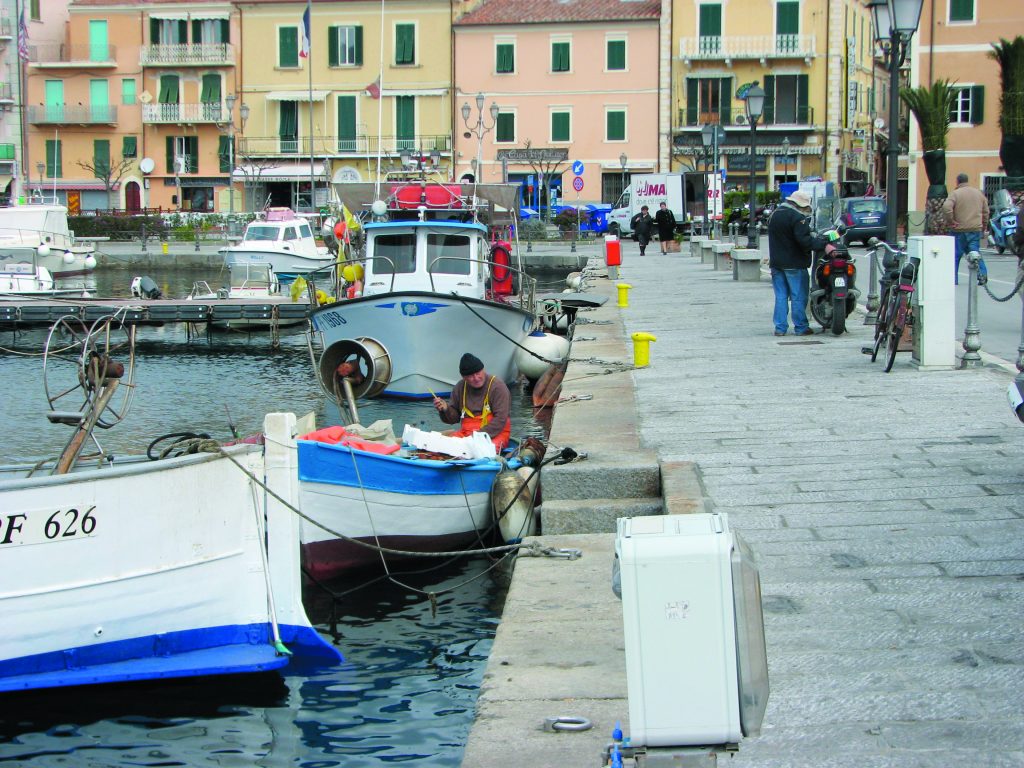
With far too little time left before our ferry home, we just managed a quick dash around the beautiful western coastal road – you can see as far as Corsica on a clear day – and a quick stop at Marina di Campo, an old fishing village, now a popular resort boasting the island’s longest beach.
Gazing back at Portoferraio’s picturesque marina and lookout towers, and the beautiful rocky coastline as we made our way back to the mainland, I started planning my next visit to Elba. Luckily, with frequent ferries all year round, it’s a place that’s easy to get to – just as well, as, unlike Napoleon, it’s a place where I really would love to linger.

